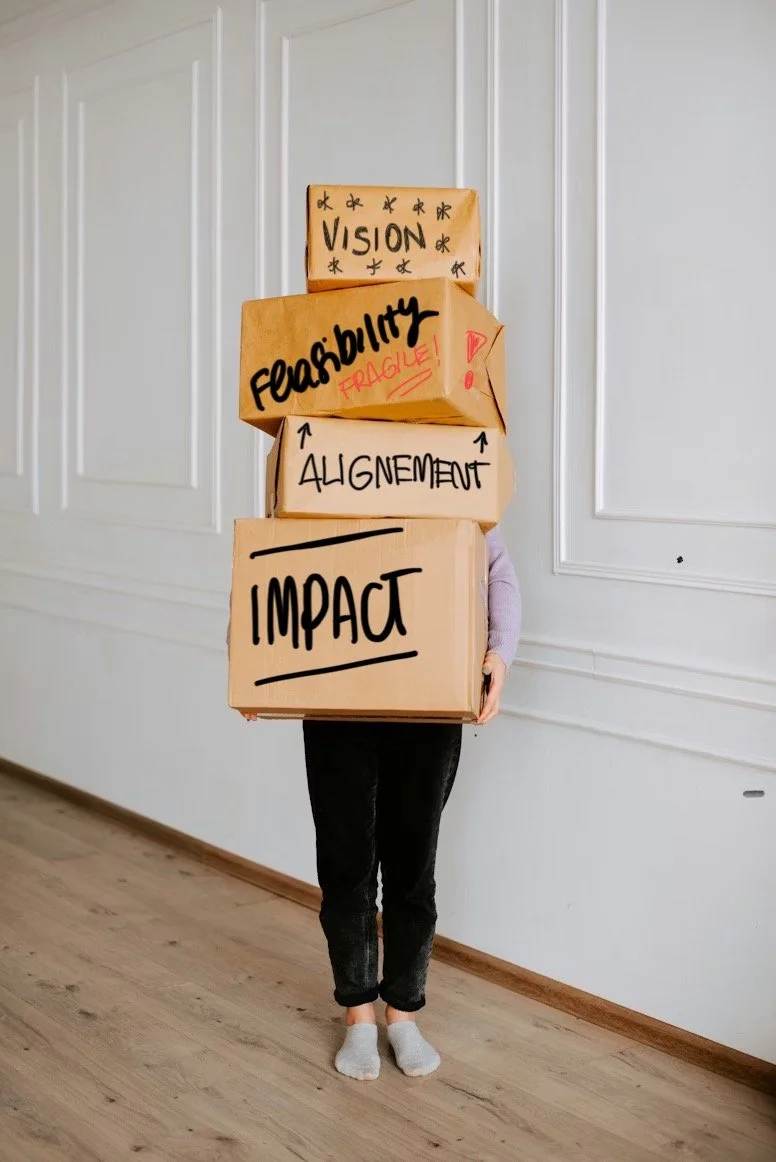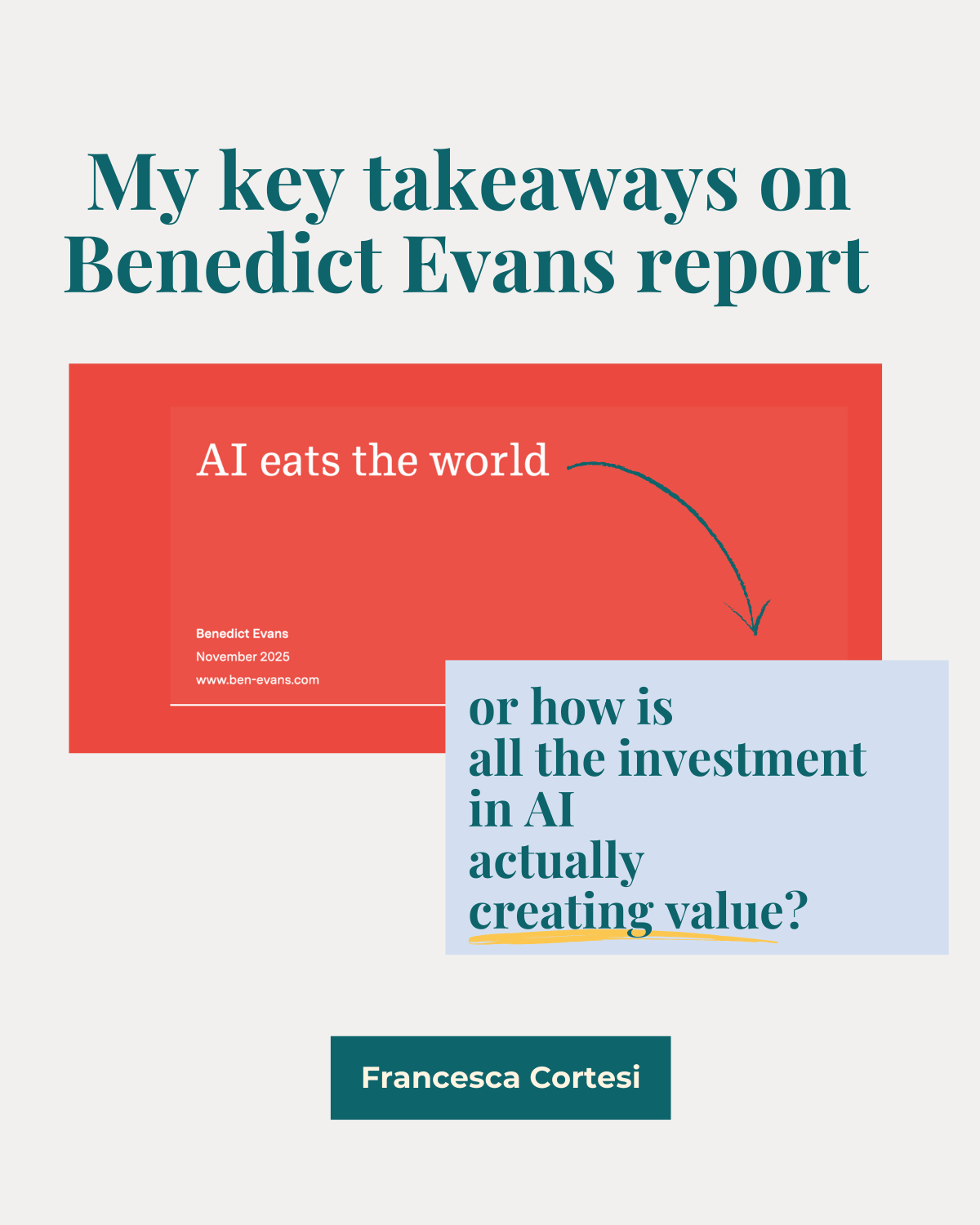An ode to pen and paper - they might be what you need to open up a conversation
A couple of days ago I experimented with an extreme sport: keeping 100+ people’s attention while introducing our bi-yearly goals, only using a pen and a paper. The results were quite astonishing and made me reflect on why sometimes less is more to achieve effective communication and collaboration.
To give a little bit more context - at Hemnet we have changed our ways of working post-pandemic and allow anyone to choose where they work from. We know everyone will take responsibility for their work, no matter if they do it from the Hemnet office, from their home office, or from wherever suit them best. And at the same time, we see also a need of coming together, meet each other in person, and actually create a relationship with those colleagues that are not part of our day-to-day inner circle. Out of this need of fostering togetherness and collaboration, we have created what we call a ”Culture day” - a day where we meet at the office and we focus on physical interactions.
On the latest culture day, we wanted to put the spotlight on our operational focus for the rest of the year. And it was in this context that I had to decide: what is the best way to remind everyone of what we really need to put our brainpower into, and how do I make the message stick?
What I landed on was something that I had not done in a while: present our OKR only using pen and paper. No slides. Only 4 white giant post-its that, as I was talking, were filled with 1 word, and 1 sentence. No more, no less.
This is how it looked like in the Hemnet kitchen
I chose pen and paper as my “weapons” as I wanted to focus on clarity and interaction, using the physical presence to my advantage, and removing all that polished feeling that slides bring with them. My main goal was that all my colleagues would walk away knowing, and being able to articulate the focus for the rest of 2022. And what’s better to achieve it than cooking it down to a few memorable words?
The results really amazed me, it was a while since I got such positive feedback from a presentation. My colleagues’ feedback ranged from ”it was so cool and refreshing” to ”finally I really understand what we want to do” passing through ”it was much easier to participate when things were not so polished”. A feedback that really was above and beyond my expectations and made me reflect on why sometimes it is important to go back to the roots to both deliver a message that people can remember, and really open up for collaboration.
When thinking about it, I believe that the main driver of the success of the presentation were 2:
Less is more
If you want people to take a message with them, you have to choose memorable ways of conveying a message. In my case, the most important thing was articulating an ambition through a few words. And to make the words really stick, take some time to talk about them. More than one person said to me that they had to focus more on my words as at the beginning there was just a white paper on the stage.
The key here is to pick your word wisely and then keep on working with them. It doesn’t work for any context, or for any presenter for that matter, but when it does, is extremely powerful.
Polished could be the death of collaboration
I, of course, prepared my presentation, and put some time into thinking about how I would phrase it, and the words I would write. But nothing of that was visible to the listener. What they saw in front of them were 4 white post-its. The fact that I removed the slides was key for inviting others into the conversation. Nothing looked like it was well prepared and planned, which opened up for feedback.
Slides are great, but they always convey the message that a lot of work was put into them. Which in its turn can create a barrier to participation and feedback. It is not easy for the one who has put a lot of time and effort into the slides to accept feedback, and it is not easy for the one looking at a polished presentation to enter the conversation.
This is why you might want to take away some polish next time you want to invite to a conversation.
The whole day was of course only a conversation starter, and the real work and collaboration will come in the following months. Yet, I believe that this way of kickstarting things will really help us going forward. And I would definitely recommend everyone to test. And if you do, let me know how it goes.
Colleagues leaving feedback on the OKR session




